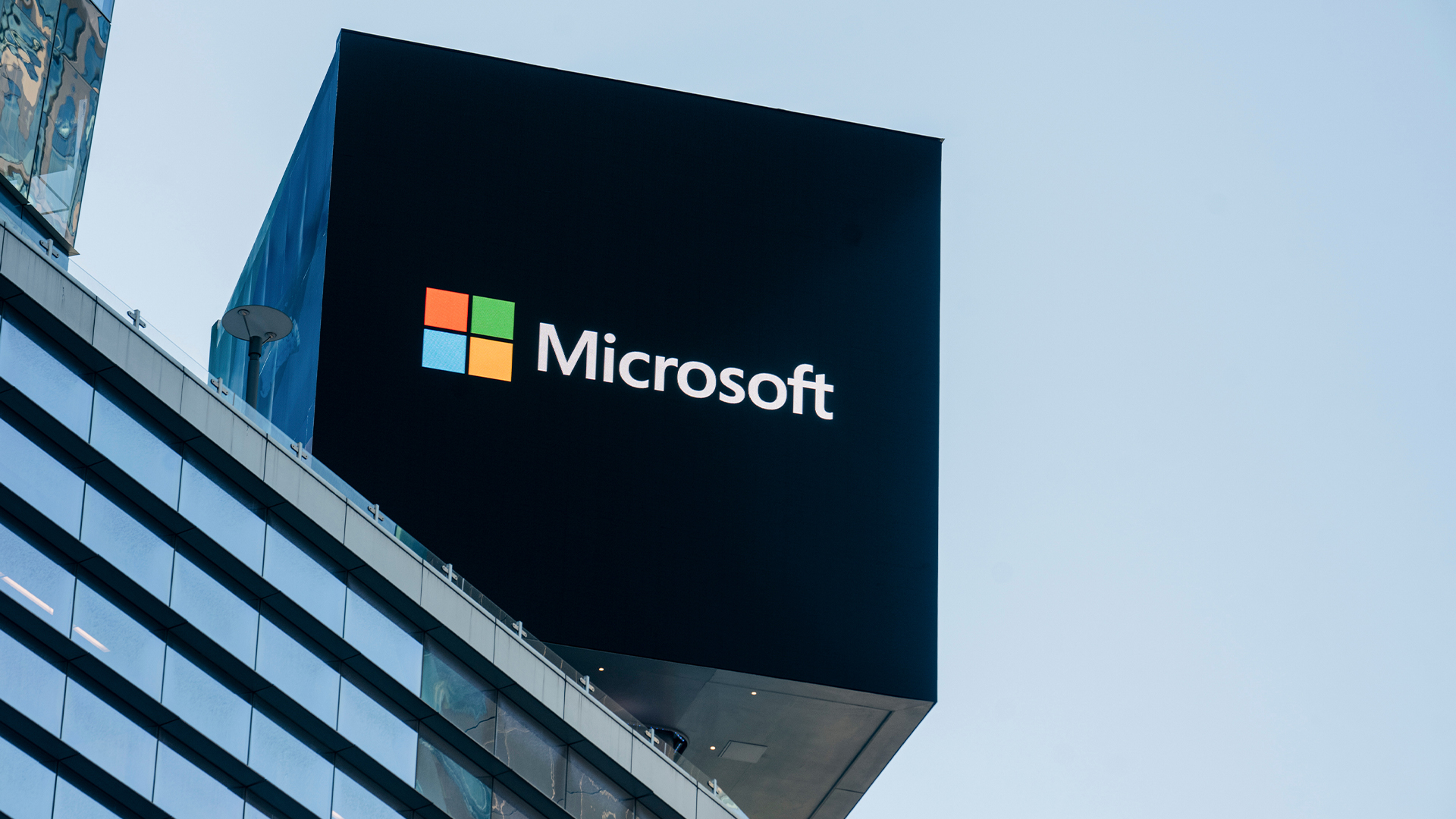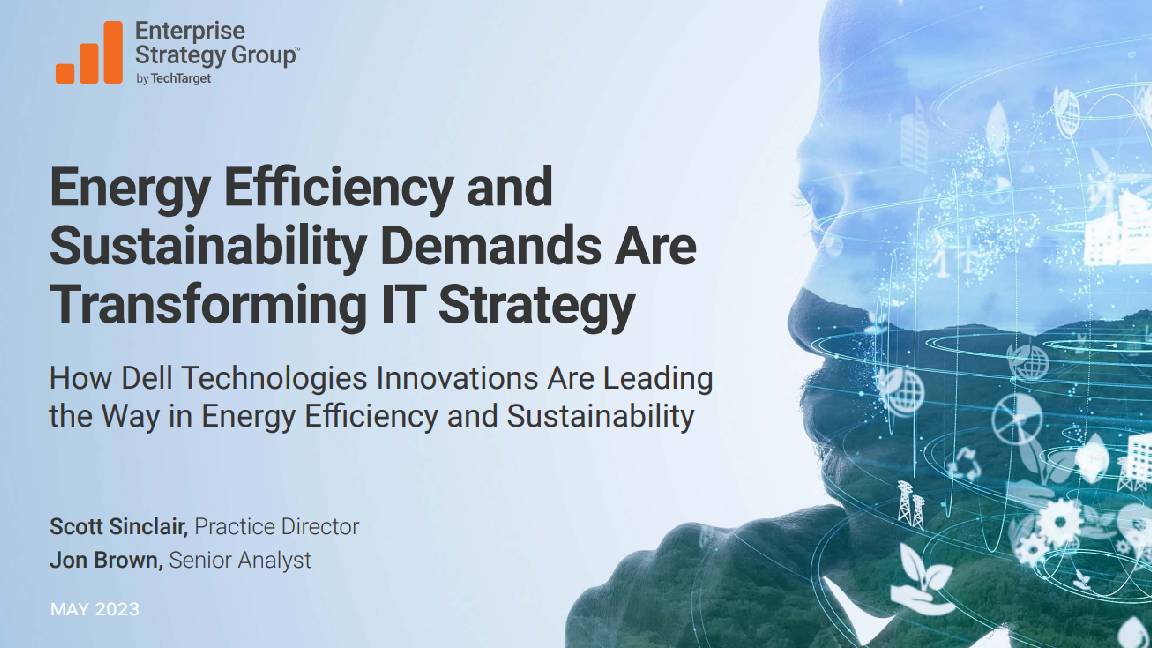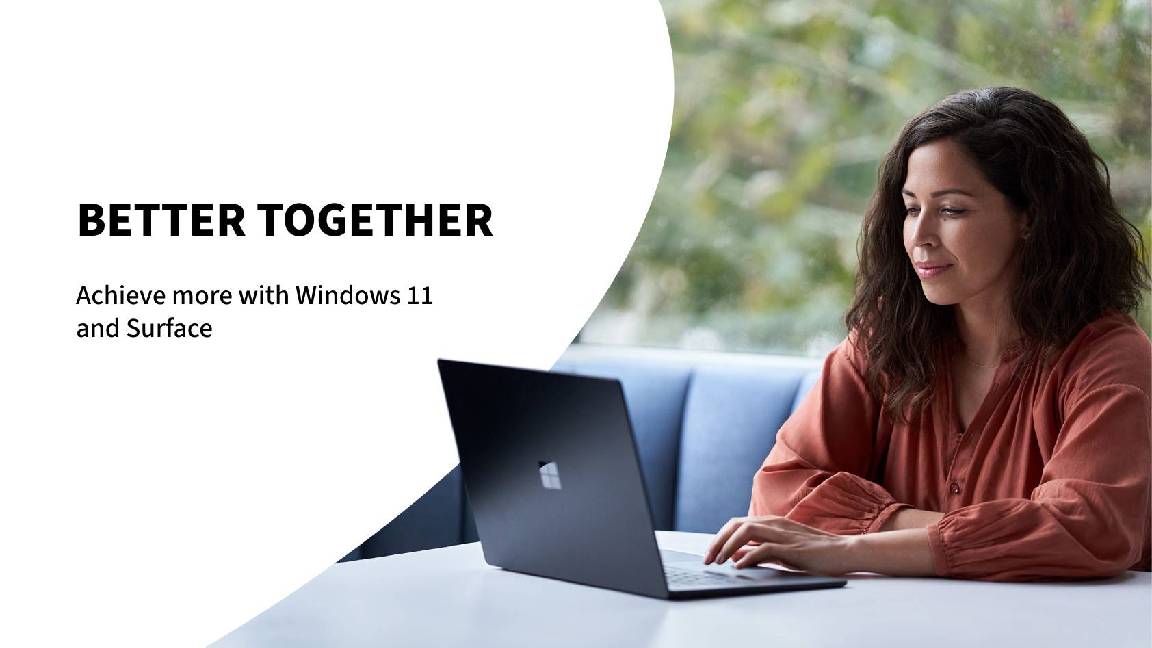Pushing sustainability can also help you tackle TCO
It’s time to see sustainability as an opportunity, especially when it comes to improving operational efficiency

Sustainability has become a key priority for enterprise, not just because it’s the right thing to do for the planet, but the smart thing to do for the business. On the one hand, with climate instability, storms, drought, and heat waves on the rise, responsible businesses feel the need to behave more sustainably. On the other, there’s evidence that it helps them attract customers and employees – and also attract investors. In 2021, a report from Accenture and the World Economic Forum noted that companies that demonstrated effective environmental, social and governance practices were, on average 20% more profitable. That’s something investors find hard to ignore.
Perhaps most importantly, sustainability measures can also improve operational efficiency. By putting processes and technologies in place to minimise their carbon footprint or their waste output, businesses can also reduce their ongoing costs. Within IT, this is particularly important, particularly in the datacentre. On the sustainability front, it’s estimated that data centres already consume at least 1% of the global electrical supply and contribute between 0.3% and 2% of worldwide greenhouse gas emissions. On the TCO front, Datacentres are becoming more expensive to operate, as energy costs rise and power density increases at the rack, with knock-on effects for cooling.
2022 research from Gartner suggests that the cumulative impact is a 40% increase in operating costs. Reducing energy consumption and waste in the datacentre can both help organizations meet sustainability objectives and drive TCO back down.
The same applies outside the datacentre. Offices, logistics centres, retail outlets and manufacturing facilities face similar issues with rising costs and power consumption, yet offer similar opportunities for reducing both. What’s more, embracing sustainability can be a chance to rethink working practices, optimise processes, and use new technology in smart buildings, IoT and the cloud. Doing so could both reduce the business’s environmental impact and its TCO. These innovations can add a layer of complexity to managing the core infrastructure, but new infrastructure – and new dedicated utility networks – can help organizations keep things simple and avoid additional management challenges.
For many businesses, the biggest challenge is knowing where to start. How do you develop an infrastructure that doesn’t just meet your current needs, but will help you minimise your costs and support your sustainability goals further down the line? What can you do inside the datacentre to battle energy consumption, while maintaining high levels of performance and reliability? How can you build sustainable supply chains, or reduce the waste and carbon impact in manufacturing and logistics operations – or just in the office where your teams go to work?
The answer often lies both in small but meaningful steps, and in a holistic strategy that brings in stakeholders from across the business, with clear targets for teams to reach for and clear metrics to evaluate your progress. It’s not just a question of processes or technology, but the partnerships you put in place to make them work. When you’re starting out on your sustainability journey, it helps to have suppliers and service partners that can share their own experiences and know-how.
To find out more about how you can build a business that’s leaner, more agile and more sustainable, read our co-branded IT Pro and Leviton report, Sustainability and TCO: Building a more power-efficient business.
Sign up today and you will receive a free copy of our Future Focus 2025 report - the leading guidance on AI, cybersecurity and other IT challenges as per 700+ senior executives
Stuart has been writing about technology for over 25 years, focusing on PC hardware, enterprise technology, education tech, cloud services and video games. Along the way he’s worked extensively with Windows, MacOS, Linux, Android and Chrome OS devices, and tested everything from laptops to laser printers, graphics cards to gaming headsets.
He’s then written about all this stuff – and more – for outlets, including PC Pro, IT Pro, Expert Reviews and The Sunday Times. He’s also written and edited books on Windows, video games and Scratch programming for younger coders. When he’s not fiddling with tech or playing games, you’ll find him working in the garden, walking, reading or watching films.
You can follow Stuart on Twitter at @SATAndrews.
-
 The six biggest security challenges coming in 2026
The six biggest security challenges coming in 2026In-depth What will be the main challenges businesses face in 2026 and what can they do to prepare?
-
 Channel focus: All you need to know about Microsoft's partner program
Channel focus: All you need to know about Microsoft's partner programChannel Focus The veteran OS developer and vendor continues to advance its strategy, particularly in Azure cloud solutions and AI
-
 Small businesses are ‘flying blind’ on carbon emissions and struggling to meet sustainability goals – and the blame lies with big tech vendors
Small businesses are ‘flying blind’ on carbon emissions and struggling to meet sustainability goals – and the blame lies with big tech vendorsNews Research from Wasabi shows small businesses are struggling to keep track of carbon emissions, and a key factor lies in the poor reporting from tech vendors.
-
 Microsoft just hit a major milestone in its ‘zero waste’ strategy
Microsoft just hit a major milestone in its ‘zero waste’ strategyNews Microsoft says it's outstripping its zero waste targets, recording a 90.9% reuse and recycling rate for servers and components in 2024.
-
 HP’s sustainability drive is paying off for channel partners
HP’s sustainability drive is paying off for channel partnersNews Channel partners that bought into HP’s sustainability program saw sales increase as customers react positively
-
 Beyond the upgrade: How to maximize IT investments and minimize waste
Beyond the upgrade: How to maximize IT investments and minimize wasteHow to maintain optimal performance and productivity with your fleet of hardware and stave off the next upgrade cycle for a bit longer
-
 Energy efficiency and sustainability demands are transforming IT strategy
Energy efficiency and sustainability demands are transforming IT strategywhitepaper How Dell Technologies innovations are leading the way in energy effiency and sustainability
-
 Energy efficiency and sustainability demands are transforming IT strategy
Energy efficiency and sustainability demands are transforming IT strategywhitepaper How Dell Technologies innovations are leading the way in energy effiency and sustainability
-
 Creating successful supply chain planning transformations in the consumer industry
Creating successful supply chain planning transformations in the consumer industryWhitepaper Think differently about SCP transformations and, in doing so, move into a better future for supply chains
-
 Better together
Better togetherWhitepaper Achieve more with Windows 11 and Surface

